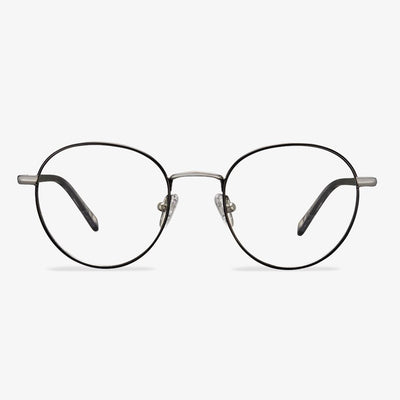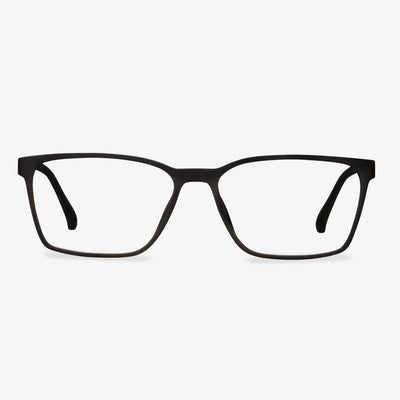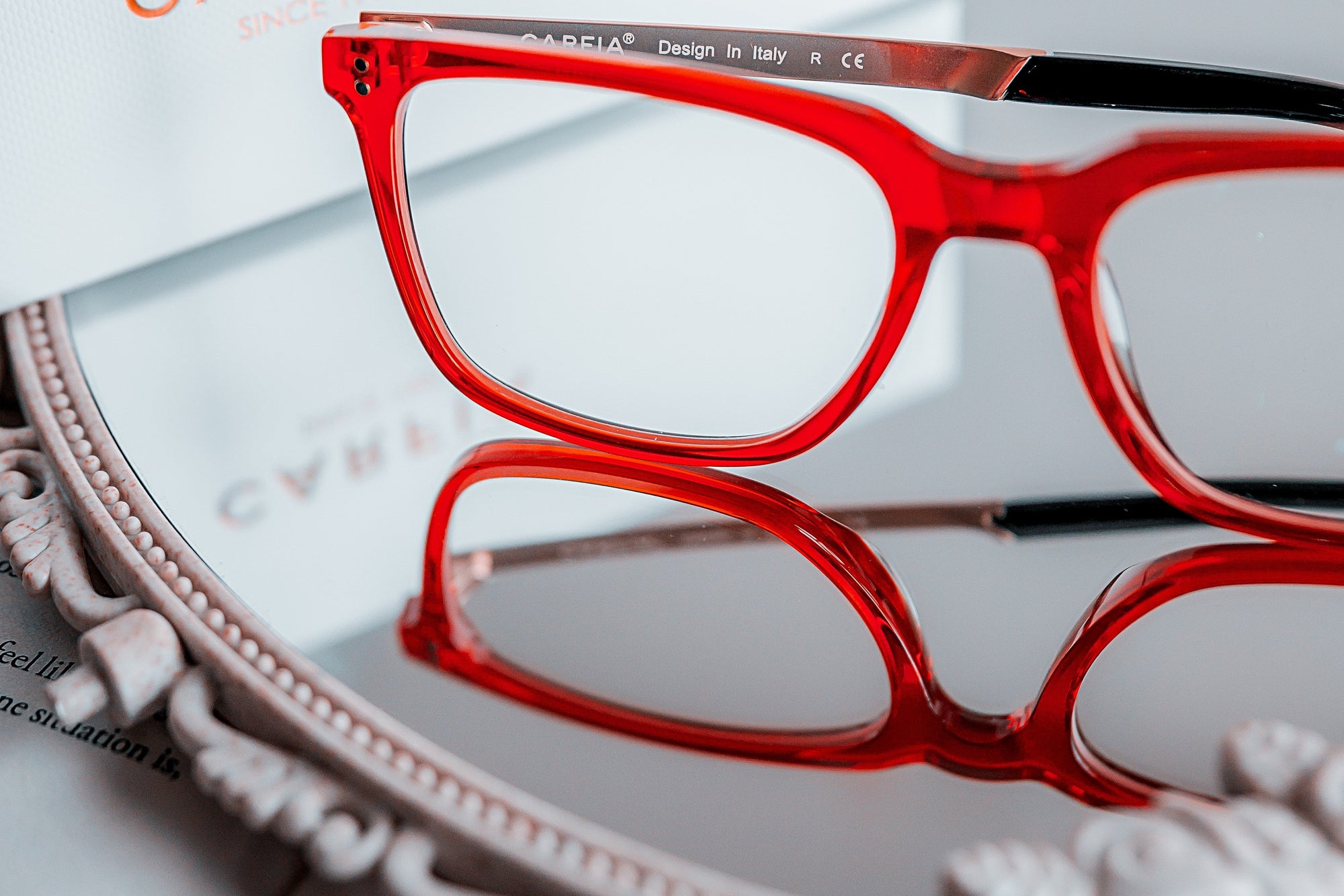Where to Buy Titanium Glasses?
After learning the advantages and disadvantages of the titanium glasses, you may ask where I can buy them if I have a lot of budgets. In order to buy titanium glasses, Koalaeye Optical is recommended.
The Koalaeye glasses are stylish and come at a very cheap price. What’s more, Koalaeye Optical provides all kinds of glasses, sunglasses and frames. And the glasses can be shipped for you free. So, if you want to buy titanium glasses, try Koalaeye Optical.
BLUPOND night driving glasses
TAC Semi-polarized Blue light goggles are designed to change your perspective to yellow with computer blue light polarization. Anti-glare high-definition vision blue-blocking glasses protect eyes from blue light and reduce the contrast of bright blue/white glare and flash. The anti-glare night glasses limit distortion. In addition to polarized driving glasses, you can receive a night vision glasses accessory set, with the EVA glasses hard case, screwdriver, sunglasses bag, microfiber cleaning cloth, glasses clip, and night driving glasses gift box.
The design evolution of progressive lenses
Spherical and aspheric designs
The design of the front surface of the far-use area of the early progressive lens is similar to that of the ordinary spherical single vision lenses, so it is called a spherical progressive lens. Since 1974, the front surface of the far-use region of the lens is designed to be aspheric by designers, which not only reduces the peripheral aberration but makes the lens thinner, lighter, and less powerful.
Hard and soft design
For hard design, the channel is short, and the gradient is large. The near-use area position is high. The effective visual area of remote and near-use areas was larger. Peripheral astigmatism is relatively concentrated. Because surrounding astigmatism increases rapidly and the distribution is dense, the curve effect is more obvious. The gradient area is narrow. It is more difficult and takes longer for wearers to adapt.
Lenses with soft designs have slower gradients, longer gradients, and wider gradients. The angle of rotation of the eye from the far area to the near area is greater. It's easier to get used to. Compared with the hard design, the effective visual area of the far and near use areas is smaller, and the location of the near use area is lower.
Single, diverse, and individualized design
Initially, the progressive lenses used a single design, in which each basic curve was scaled equally and a luminosity combination was added within the range of its semi-finished lens blanks. The steepest base curve uses the same lens design as the flattest base curve. Lenses designers quickly realized that the overall performance of the lens could be improved by microcustomizing the lens design, leading to progressive lenses with multiple designs. This kind of design is called diverse design. By the mid-1990s, there was the emergence of individualized lens designs. In addition to using different gradients, these first individualized lens designs used steeper baseline curves with a slightly larger approach area to compensate for increased magnification and reduced field of view.
Symmetrical and asymmetric design
There is no difference between the left and right eyes in the symmetrical design of progressive lenses. As the eyes turn inward when they see near objects, the gradual gradient area gradually tilts to the nasal side from top to bottom, so the left/right progressive lenses should be rotated clockwise/counterclockwise respectively during processing. An asymptotic lens with left and right eye divisions is called an asymmetric design. The gradient is gradually and moderately inclined to the nasal side from top to bottom. The refractive force, astigmatism, and vertical prism of the two sides of the left and right gradient of the asymmetric design lenses are basically similar. At the same time, considering the characteristics of eye movement parameters in binocular vision, the peripheral aberrations of the corresponding positions of the left and right lenses were appropriately balanced to improve the visual effect of the wearer.
The production process of titanium frames is complicated.
The production of titanium frames requires special processing equipment, special welding technology, and electroplating technology, which has many processing procedures and high production costs. In particular, some glasses choose the most difficult pure titanium andβtitanium. Titanium is very soft and very sticky, and very lively at high temperatures,so the processing is very difficult.
When were the first glasses invented?
No one knows when the first pair of glasses were invented, but we do know that the grinding techniques for making simple magnifying glasses have been around since 1000 AD, especially in regions where glasses were already produced (including northern Italy). The earliest artwork of glasses appears in the Treviso Cathedral fresco painted by Tommaso de Modena in 1352. There is reliable evidence that eyeglasses were invented in Italy in the late 13th century. The first pair we think of as eyeglasses appeared in Italian pizza in the late 12th century and looked more like two small magnifying glasses (made of raised glass) riveted together at the top of the handle. In 1266, The English Franciscan Monk Roger Bacon wrote about the scientific principles of corrective lenses, but there is no evidence that he applied this knowledge to the manufacture of eyeglasses.
The superior properties of titanium glasses
They are light, around 40% of stainless steel. The hardness is high, about twice that of stainless steel and common steel, twice that of iron, and six times that of aluminum. In a world of ultra-low temperatures, titanium becomes harder and more superconductive, while steel becomes weaker and less capable. They have corrosion resistance, with no rust. Titanium does not rust in the sea for five years, while steel corrodes and deteriorates in seawater. The thermal conductivity of titanium is about the same as that of stainless steel. They are non-allergic materials. Titanium is a harmless material to the human body. More because it does not have an allergic reaction to the human body, it is one of the few metal materials used in medical science.
Disadvantages of Progressive Lenses
It takes time to adapt to the lenses. It can generate poor visual resolution (blur). There is also a geometric distortion of the field of view. Some of the problems with advanced progressive lenses occur when walking up and downstairs. Because the reading correction is at the bottom, the staircase may look like a rebound. However, this is all done to accommodate your progressive lenses, and within about two weeks the shortcomings should disappear. It takes some time to get used to progressive lenses. Changes in vision occur at the rim of the lens, leading to slight changes in peripheral vision. For some people, change is a little difficult. Because the first wear of progressive lenses may occur slight dizziness, shaky walking. One should be careful when they exercise or go Up and down the stairs. Because the sense of space changes, the distance judgment of the object, the sense of depth changes, people who first wear should not immediately drive or do strenuous exercise. When looking closely, the eyes need to turn down, they have mild discomfort in the eyes. The object becomes blurry when they look at it through a blurred area around the lens. Therefore, new wearers turn their heads more and turn their eyes less when they see things and try to use the far, near, and middle distance areas to see the object.











































